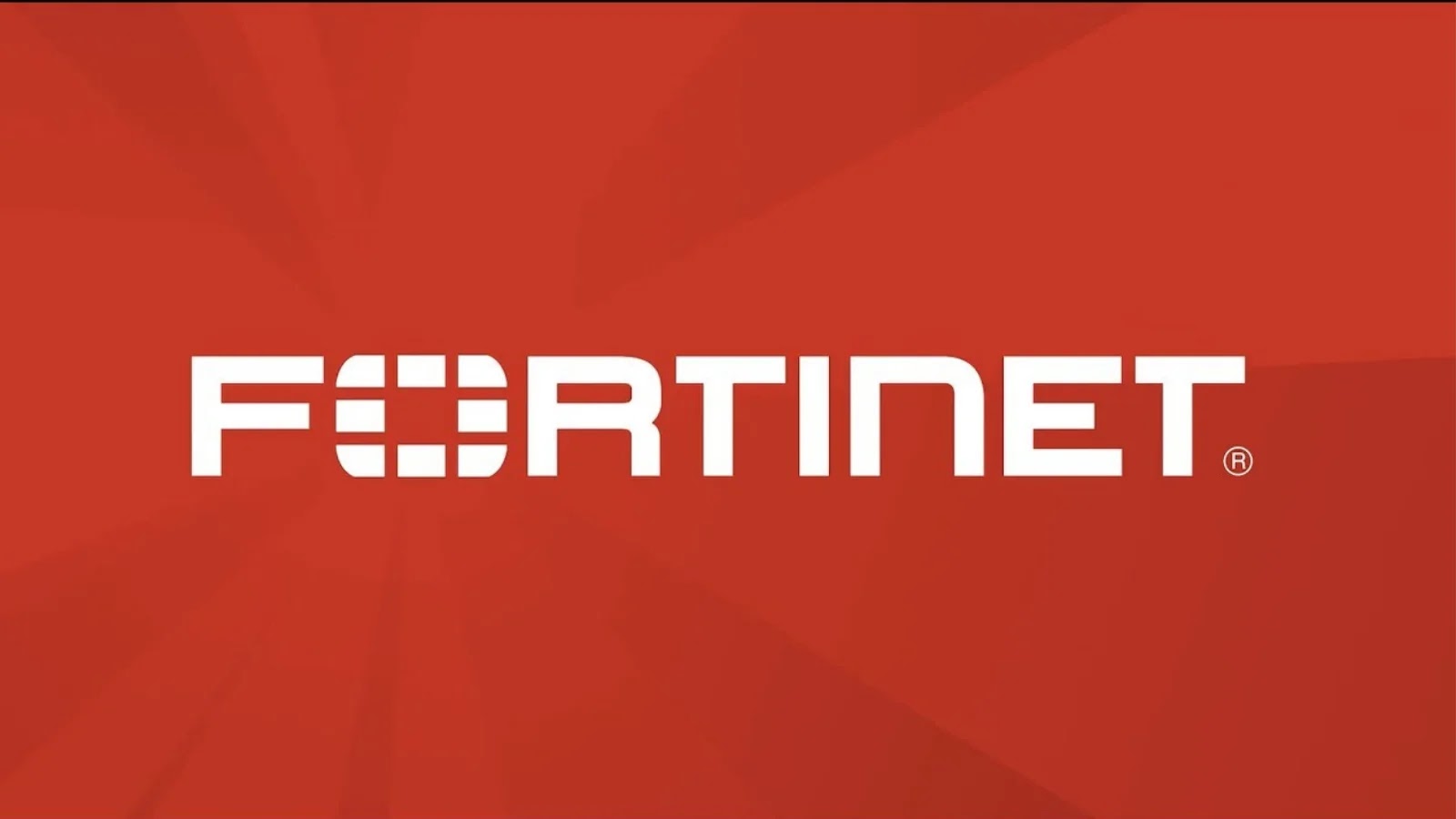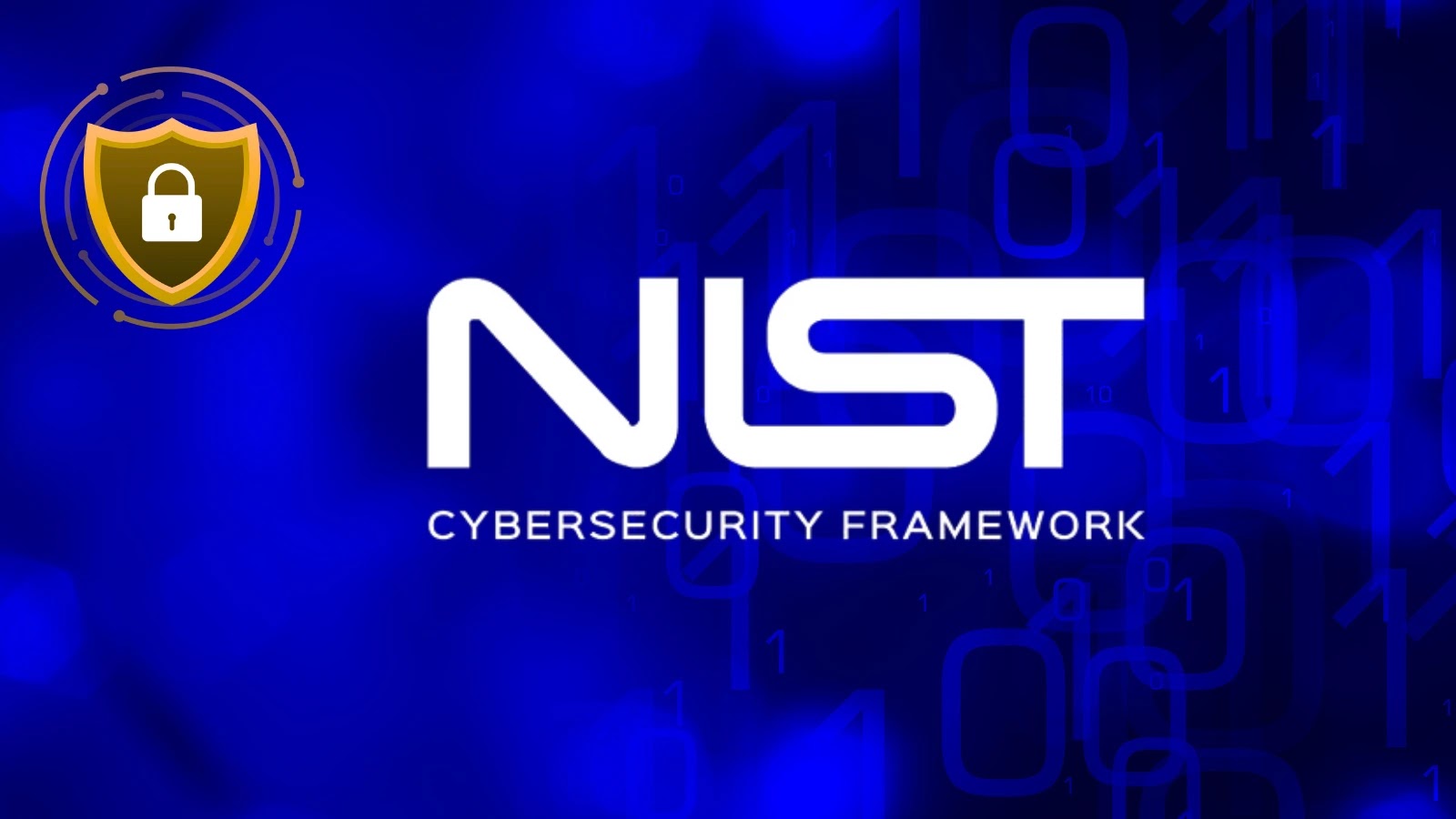On October 14, 2025, Fortinet disclosed a significant security vulnerability in its FortiOS operating system, identified as CVE-2025-58325. This flaw enables local authenticated attackers to execute arbitrary system commands, potentially compromising the integrity and security of affected devices.
Understanding the Vulnerability
CVE-2025-58325 is classified under CWE-684, indicating an Incorrect Provision of Specified Functionality within the Command Line Interface (CLI) component of FortiOS. This vulnerability arises when a local attacker with high privileges crafts specific CLI commands that bypass intended restrictions, allowing unauthorized system-level operations. Such exploitation can lead to full control over the device, data exfiltration, or further network compromise. While remote exploitation is not possible, the low attack complexity and high impact make it a significant concern for organizations.
Affected Versions and Platforms
The vulnerability affects the following FortiOS versions:
– 7.6.0
– 7.4.0 through 7.4.5
– 7.2.0 through 7.2.10
– 7.0.0 through 7.0.15
– All versions of 6.4
Impacted platforms include high-end models such as the 100E/101E series up to the 7000F. Other models are not affected by this vulnerability.
Discovery and Disclosure
The vulnerability was internally discovered and reported by Francois Ropert of Fortinet’s Product Security Incident Response Team (PSIRT). The initial publication of this vulnerability was on October 14, 2025.
Mitigation and Recommendations
Fortinet has released patches to address this vulnerability. Organizations are strongly advised to upgrade to the following fixed versions:
– For FortiOS 7.6: Upgrade to 7.6.1 or above
– For FortiOS 7.4: Upgrade to 7.4.6 or above
– For FortiOS 7.2: Upgrade to 7.2.11 or above
– For FortiOS 7.0: Upgrade to 7.0.16 or above
– For FortiOS 6.4: Migrate to a fixed release
Organizations should utilize Fortinet’s upgrade path tool for seamless transitions. Additionally, monitoring CLI logs for anomalies is advised to detect any unauthorized access attempts.
Broader Implications
This incident underscores the critical importance of maintaining up-to-date systems and adhering to the principle of least privilege in access management. Regularly reviewing and updating security protocols can significantly mitigate the risk of such vulnerabilities being exploited.
Conclusion
The disclosure of CVE-2025-58325 highlights the ongoing challenges in securing network infrastructure. Organizations must remain vigilant, promptly apply security patches, and continuously monitor their systems to protect against potential threats.



